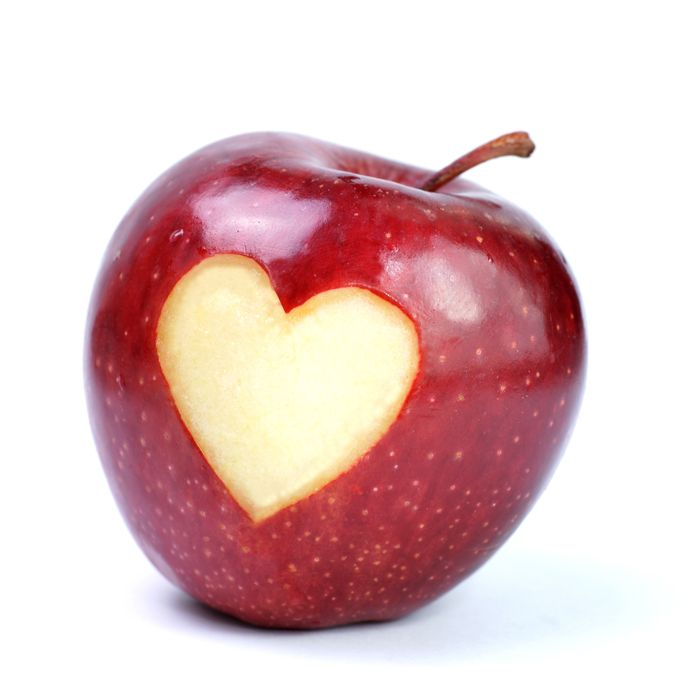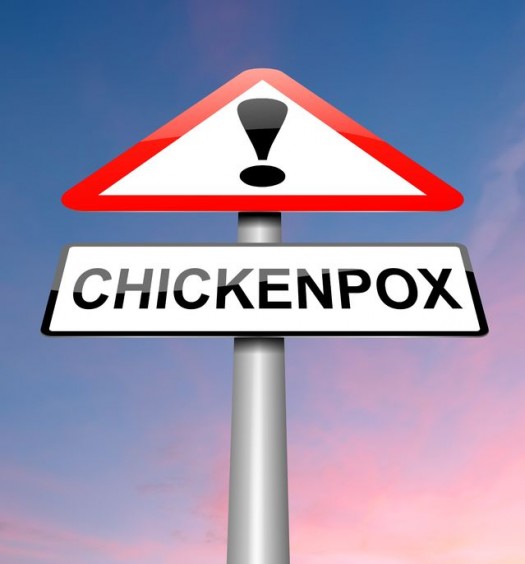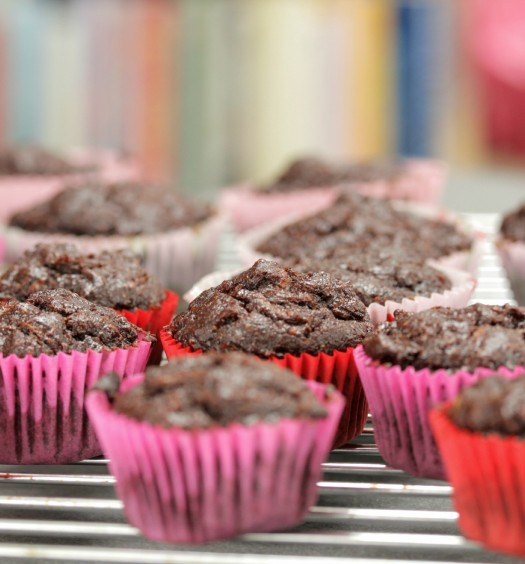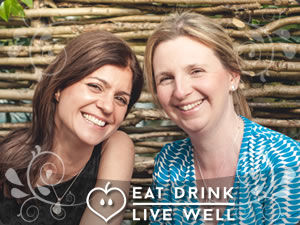How the right nutrition can help to reduce cardiovascular risk factors
Whatever your view, recent NICE draft guidelines suggest offering statins to everyone with a 10% risk of a heart attack: that’s up to 12 million people in the UK. But is it that simple? Many clinicians, including Dr Aseem Malhotra, a leading cardiologist, believes up to one in five people suffer side effects, including stomach complaints, memory problems and muscle pain. This is far higher than official statistics indicate – potentially over 2 million people.
As a nutritional therapist it is beyond my professional remit to express a view on statins, but I am able to discuss how the right nutrition can help to reduce cardiovascular disease (CVD) risk factors – particularly when combined with other lifestyle changes.
On a personal level, this topic is close to my heart (no pun intended); my husband has heart disease in his family – his father and grandfather died in their forties. Nine years ago my husband had stents fitted and was put on statins. Our daughter was just nine months old at the time, and the shock we had made us evaluate very seriously his options – including medication. My husband eats well (although battles with a sweet tooth), exercises, is not overweight, did not have high cholesterol and had no symptoms of cardiovascular disease. The abnormalities at a medical, and two blocked arteries during an angiogram were a complete surprise.
My husband chose to evaluate both the medicated, and non-medicated options. He took statins for six months: his cholesterol reduced (it wasn’t high to begin with) but he had low energy, muscle and stomach pain. For the next six months (and ever since) he took no statins, we overhauled his diet and added supplements. The result? A normal cholesterol level, and no side effects.
But it is foolhardy to assume that ‘normal’ cholesterol means that everything is fine – after all, his cholesterol was normal before the angioplasty. So we looked at a range of other CVD risk factors and markers that nutrition may influence – the inflammatory hsCRP, homocysteine, triglycerides, Lipoprotein(a), blood pressure, clotting factors and crucially what type of cholesterol he had. We also looked at his genetics – which has really helped to target appropriate, personalised supplements and diet. We regularly re-test – we will take no risks with his health.
Certain types of cholesterol – such as small, dense LDL particles, are attracted to artery walls: understanding my husband’s cholesterol ‘make up’ became important. Specific nutritional changes can sway a cholesterol profile towards fewer small dense particles and more larger, less dangerous, buoyant LDL cholesterol.
Cholesterol is important for the body: functions include making bile for digestion, vitamin D and sex hormones – plus cell building and repair. Laurence’s blocked arteries were a result of on-going damage and repair over the years (the cholesterol had helpfully, and quite rightly come along to patch them up). Artery repair typically is needed when there is inflammation. So from a nutritional perspective we reduced inflammatory foods, and upped anti-inflammatory foods (e.g. nuts, oily fish) and supplements. Oxidised cholesterol is particularly damaging: antioxidant phytonutrients in specific foods help counter the damage. We also did some genetic testing which revealed a higher than normal requirement for artery-healthy antioxidants.
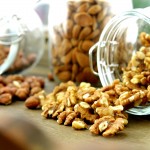 My concern with statins is that they are perceived as an insurance policy, a pill effectively ‘permitting’ people to maintain their current diet and lifestyle. Yet the Mediterranean diet – oily fish, fruits, vegetables and extra olive oil and nuts, is also shown to reduce the risk of heart attack, stroke, or dying from a heart attack. And research indicates that this is significantly more effective (with a 30% lower risk) than the often recommended low-fat diet.
My concern with statins is that they are perceived as an insurance policy, a pill effectively ‘permitting’ people to maintain their current diet and lifestyle. Yet the Mediterranean diet – oily fish, fruits, vegetables and extra olive oil and nuts, is also shown to reduce the risk of heart attack, stroke, or dying from a heart attack. And research indicates that this is significantly more effective (with a 30% lower risk) than the often recommended low-fat diet.
Whether taking statins or not, the fact remains that stopping smoking, exercising more and rebalancing diet and lifestyle are crucial to reduce CVD risk. Yet many people don’t fully understand what they should be doing with their diet (and what if they don’t like nuts or oily fish?); this is where nutritional therapists can add real value, supporting the medical profession
Personalising a CVD dietary prevention programme can be extremely powerful, helping to:
- lower cholesterol naturally – supporting anti-inflammatory pathways and using foods including oats, legumes and natural phytosterols (e.g. seeds)
- support balanced blood sugar levels and weight management – thereby reducing CVD risk factors of obesity and Type 2 Diabetes
- directly target CVD risk factors with foods and/or supplements, including high triglycerides, blood pressure, clotting tendencies and homocysteine
- educate about healthy fats – reducing cardiovascular risk isn’t about skipping butter in favour of a trans-fat laden margarine, or eating a low-fat yogurt laced with added sugar. It’s about increasing heart healthy fats: 1-2tbsp of extra-virgin olive oil a day, nuts, seeds, EPA and DHA and how to realistically get them regularly into the diet
- introduce tasty phytonutrient-rich foods specifically effective at lowering CVD risk (e.g. berries, pomegranates, apples, grapes, cacao and cocoa, oats) and drinks including cocoa, green tea and the moderate, ideally daily, red wine that my husband enjoys.
- mitigate certain statin side effects: statins block production of CoQ10, which is an antioxidant enzyme used for energy production. CoQ10 supplements may be useful for some people on statins
- ensure an overall adequate intake of heart-healthy nutrients (e.g. artery relaxing magnesium, and artery protective antioxidants including vitamin C)
So back to where we started. CVD is a major problem. Fact. Are statins a miracle pill? For some, perhaps. But for those on statins, and those who like my husband, choose not to take them, the benefits of making dietary and lifestyle changes are so compelling, surely they’re worth considering?
We hope you enjoy this blog post, let us know your thoughts in the comments below or on social media – we’re on Twitter, Facebook, Instagram and Pinterest. And don’t forget to sign up to our newsletter to receive a monthly update of our recipes, nutrition tips and expert advice.

